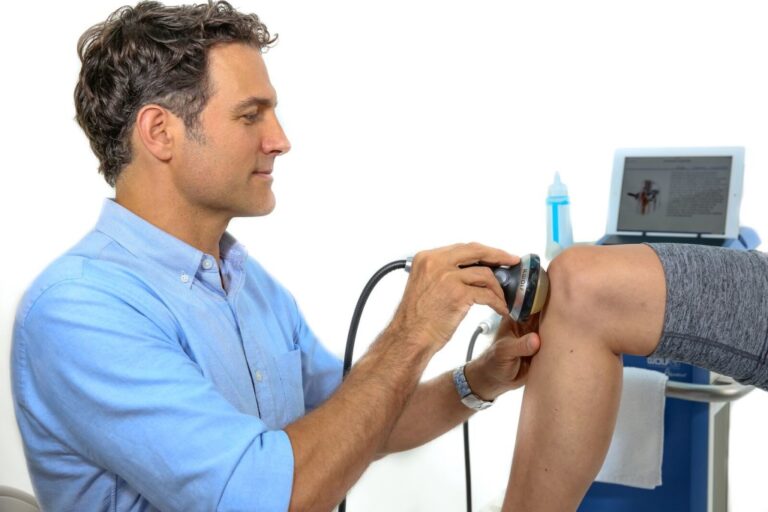Latest News
All Articles
Diagnostic Ultrasound
Targeted Negative Pressure
Focused Shockwave
Functional Isokinetic Dynamometer
Eccentric Trainer
Cervical Assessment & Rehabilitation
Radial Shockwave
Amputee
Anti-Aging
Back pain
Cancer
Case Studies
Covid
Diagnostic Ultrasound
Elite Sport
Equine
Focused Shockwave
Foot Injuries
Hand therapy
HawkGrips
Imaging
lymphatouch
Lymphoedema
Neck pain
Neuro
Oedema
Orthopaedic
Pain
Post Cosmetic Surgery
Radial Shockwave
Rehabilitation
Scars
Shockwave Therapy
Soft tissue
Targeted Negative Pressure
Ultrasound Guided Shockwave
Urology
Veterinary
Vocational rehabilitation
Wounds
Show all tags
Showing 13 articles
Most recent











